5 ways to increase the digital footprint of your small business for growth

The shopping mall is now an endangered species. Retail complexes all over the US, Europe, and other parts of the world are being clobbered by store closures sweeping the country.
A report done by Credit Suisse, states that between 20% to 25% of malls will close by 2022. This was before the pandemic, that number has gone up to 50%.
The fact that digital giant Amazon is buying these shuttered malls to convert them into fulfillment centers proves the point — if your business is to have a future, you must increase your digital footprint.
What is a digital footprint?

Your digital footprint is the total online identity of your brand or business. Your name, pictures, videos, files, and everything you’ve ever written about yourself on the Internet are your digital footprint. These are located on your website, your social media pages, directories, and mentions about your business.
Why having a digital presence is important?
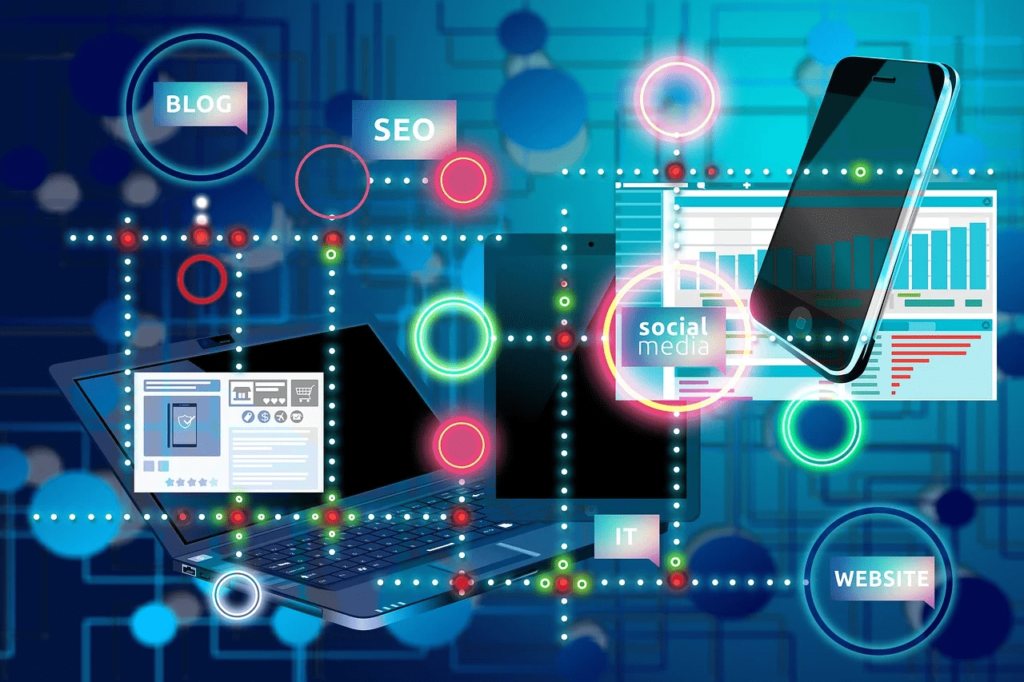
1. Having a digital footprint is important because the more you increase your Internet presence, the more customers you will be able to have.
The Internet is the biggest marketplace in the world. It is where transactions worth billions happen every day. By 2024 Internet retail sales will surpass 4.28 trillion US dollars worldwide. A lot of money changes hands daily online. You want to get in on some of that action. Here are some reasons why your store should have a virtual presence:

2. You break away from the limits of physical location. The Internet has no boundaries, people from across the state, on the other side of the country, and on the other side of the world can find you and become your customer. Your product will travel farther than any of your store shelves display could.

3. A strong online presence allows people to find you, whereas, it would be impossible by any other means. I just bought a specialized plumbing tool from a guy in China. All I did was do a quick online search. I placed the order and within three days I was using the tool. I avoided the trouble of traveling from hardware to hardware and searching for this special tool.
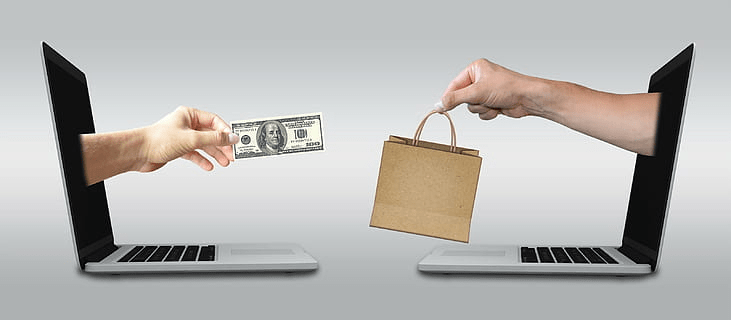
4. Online payment is so convenient. There are a lot of options. You can pay via credit card. You can use PayPal. There are also e-wallet payments like Google Pay, Samsung Pay, Venmo, AliPay, and much more. You can also use direct bank transfer. In my case, I go by pay-on-delivery so I can examine the product and reject delivery before the courier goes away.

5. It’s so cost-effective to have an online presence and increase your digital footprint compared to building and opening a physical store. The investment and paperwork to build something are massive obstacles for most people. You’ve got permits to deal with, contractors to pay, equipment to buy, people to hire, and a lot more. Online, you can build a website and social media platforms in minutes.

6. Store foot traffic is dwindling. It may never return. The world we live in is different. People are confident now to buy stuff online. Merchants have gotten their acts together to deliver a great customer experience. The convenience is undeniably great. Shopping online in your bedroom or while doing the groceries while sipping coffee in the kitchen certainly beats trying to find parking space in a crowded mall. You never know what kind of bug you gonna catch outside.
How to increase your digital presence
So now you’re convinced that you need to increase your digital footprint or at the very least have a digital presence. How do you go about it?
1. Build a website

A website is the single most important thing you can do to have an online presence. It is your store where you can generate online sales.
Even more, a website is your brand that builds trust, it stirs emotions, and projects a persona. A website helps create that unique experience that your target audience only finds in your brand.
Credibility is important in business. You get that with a website. Your potential clients can view your site and learn about you at their own pace and time.
With a website, you can put up photos and videos of your products. Write articles about your services. Tell people what makes your business or brand different from competitors. People can see what you have to offer without the need to set foot in your store. Nearly 90% of people use the Internet to find local businesses. Even when inside the store, 40% of customers will compare prices online.
2. Get on social media
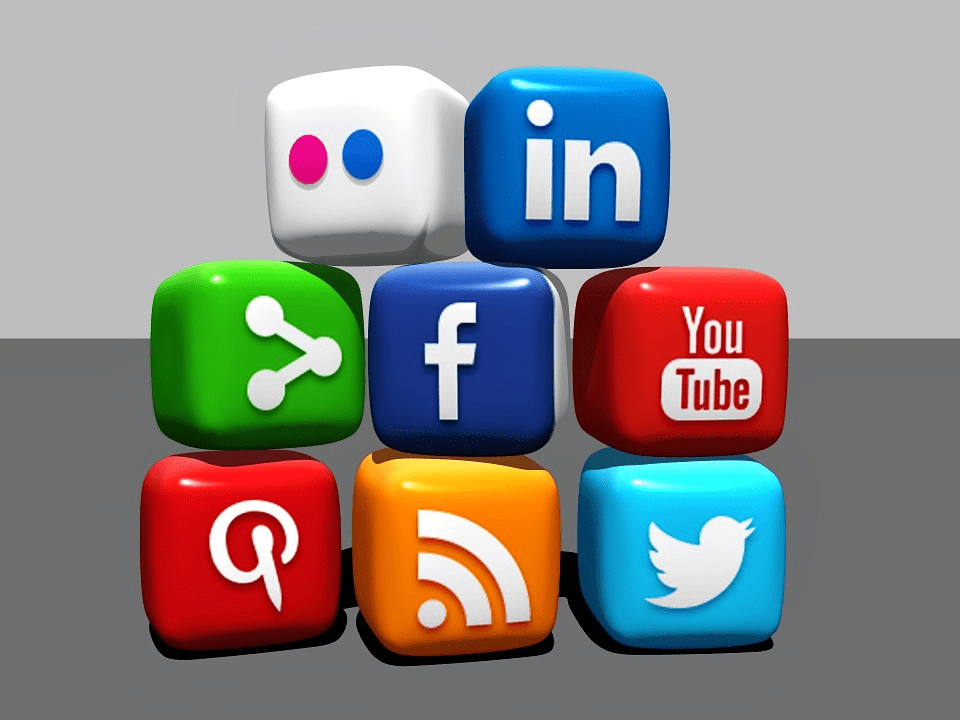
Social media is free and so easy to set up. Social media is a must if you want to engage your current and potential customers. This is a powerful feature of social media networks.
It can quickly develop into a major project so here’s a pro tip: Select only one social media platform that fits your business and run with it. You will be overwhelmed in no time if you do more than one.
a. Facebook

Chances are you already have a Facebook profile like most people. All you need to do is set up a Facebook page for your business.
With an FB page, your customers can message you directly and you can reply to them.
FB posts are very shareable which increases the likelihood of more people knowing about your business.
b. Pinterest
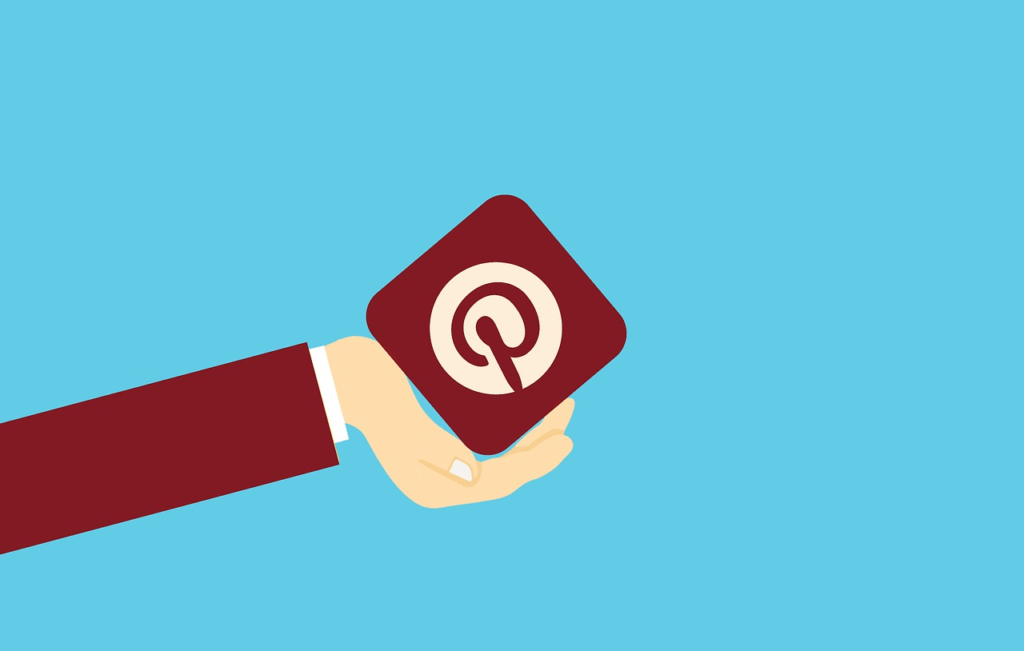
Unlike other social media networks that hate letting traffic go outside their platform, Pinterest is very good at driving traffic to websites.
The visual nature of the pins (posts on Pinterest) invites people to click, bringing them to your website.
Pins are very searchable. Weblinks aren’t penalized or made less visible unlike what Facebook has been doing.
Pinterest has 300 million active users each month. Around 60% of Pinterest users make a purchase after seeing a pin. That’s a very high level of conversion. Pinterest also has a 28% penetration of the US population.
c. LinkedIn

For B2B companies, LinkedIn is the social media platform of choice.
LinkedIn is uniquely built for growing your business and professional network. The intention of LinkedIn users is to discover professionals and businesses.
This ability to find users in the right context makes LinkedIn very powerful. LinkedIn drives 80% of all B2B social media leads. With the right content on LinkedIn, you can bring high-quality leads to your website.
d. Instagram
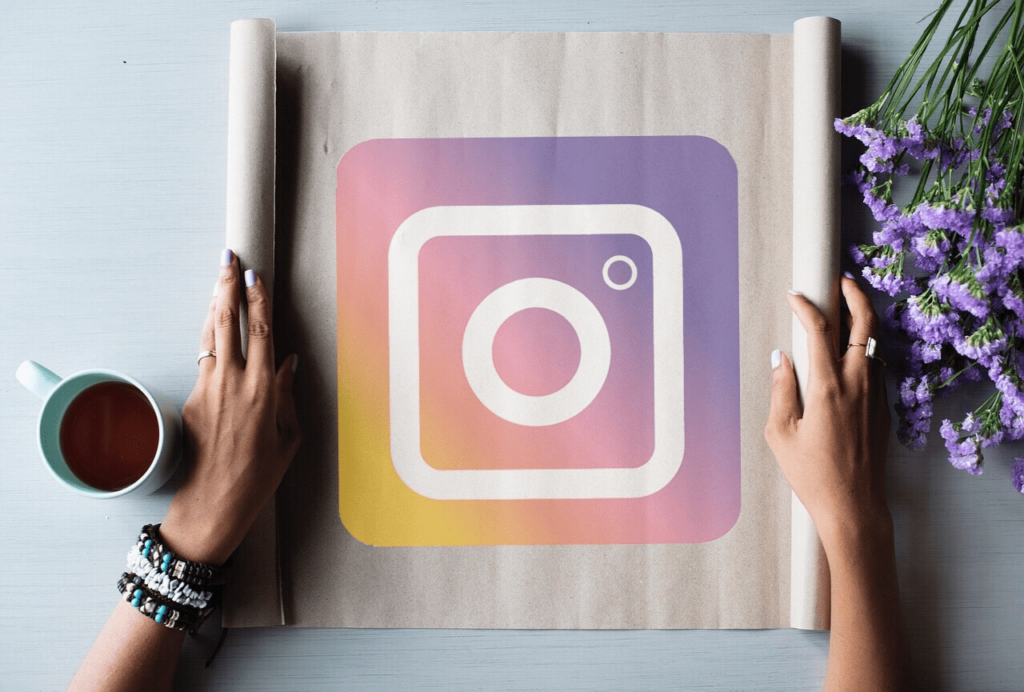
Instagram has recently begun moving into e-commerce. It added features that are very useful for businesses looking to grow their audience and even drive sales.
Instagram has Shops to showcase products and you can process transactions directly inside IG. IG keeps rolling out features that help people generate income from the platform.
There are more than a billion IG users worldwide averaging almost an hour of IG use so that’s a huge engaged market. In the US, over 71% of businesses use IG.
3. Digital Publicity
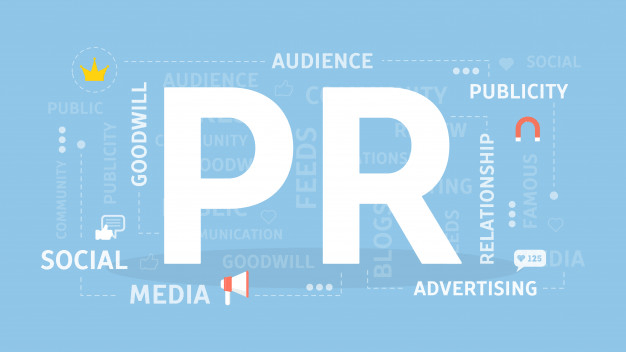
Digital PR is actually a strategy. It is built up of different tactics used to achieve the goal.
Digital Publicity or plain publicity is perhaps the most well-known PR tactic. Publicity is often an overlooked marketing tool for most businesses. They don’t think they have anything newsworthy to say. But as long as you have people that need your products or services then you have a story to tell.
With Digital Publicity, you can send your stories to online publications or blog sites that your target market reads. In your press releases, be sure to have links going to your website, specifically the page that is related to your press release.
Digital Publicity will spread your brand footprint to a wider portion of the Internet. Google will see this and start seeing you as an authority on the topic.
When people search for your topic, Google will show your website in the top search results.
4. Blogs

Like news stories, blogs are articles written in a more creative style.
Blogs are usually not distributed to news media. They stay on your website while search bots index them to add to their database.
It’s a long-term but sustainable approach to marketing.
You invest your time, energy, and knowledge into creating content that will help people solve their problems. Blogs attract organic traffic to your website for years.
You will need to put up at least 30 blogs so that search engines will see your site as an authority in your subject field. Do this for three months. Then add blogs at a slower but steady pace. Be sure to update the blogs that become dated once a year.
5. YouTube
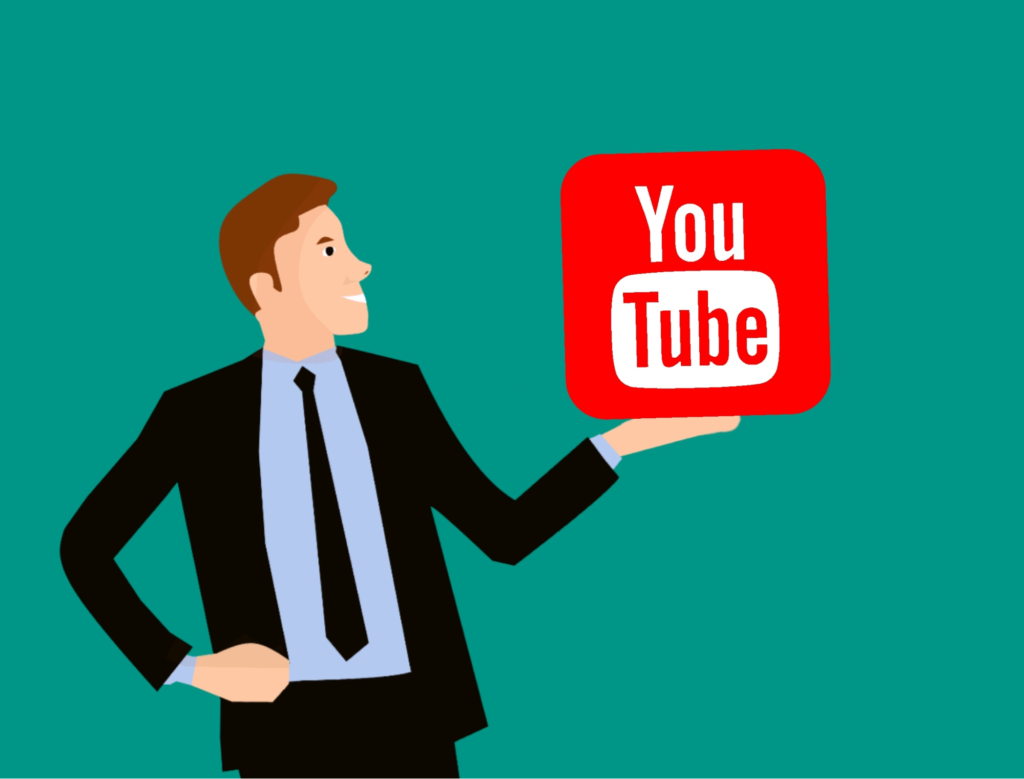
Video may not be for everyone but it needs to be included in your options.
Video is a very powerful tool for creating brand awareness and driving traffic to your website.
YouTube has 2 billion monthly users. About 74% of US adults watch YouTube. Also, 16.% of YouTube traffic comes from the US. That’s a big chunk of wealthy consumers.
Video is a very powerful persuader. Companies have learned how to create videos that promote their products in subtle but helpful ways. If you don’t want to create videos, you can ask YouTubers for mentions, spots, or a video review of your product.
Conclusion
There has been a digital disruption spanning all industries for several years now. Look at what happened to the finance industry when fintech happened.
You have no choice but to go digital and do it better than your competitors.
The Internet offers a lot of opportunities for a small business to scale up.
The digital world is not limited by borders and distance. You can have customers both near and far, across town or across the border.
Markets that were previously geographically impossible to access are now within reach. A digital presence works to promote your business 24/7 across state lines and national boundaries.
